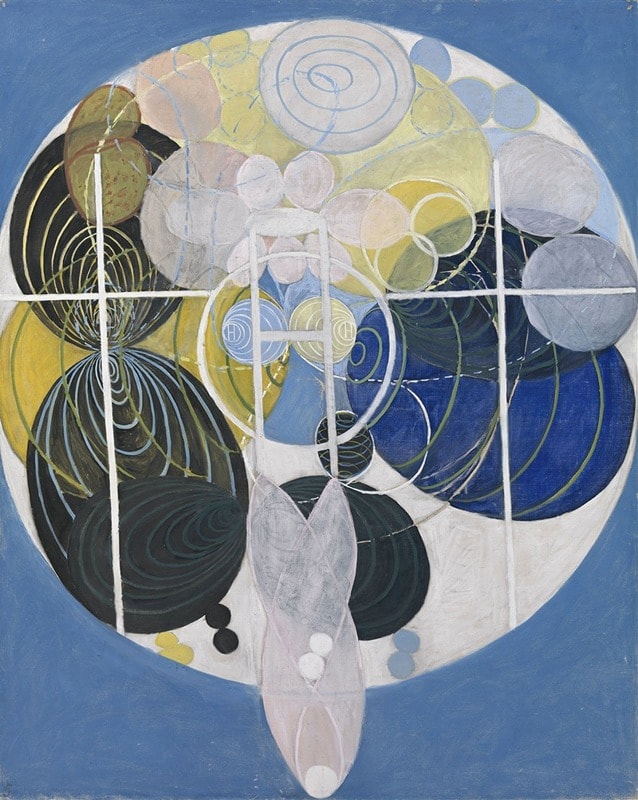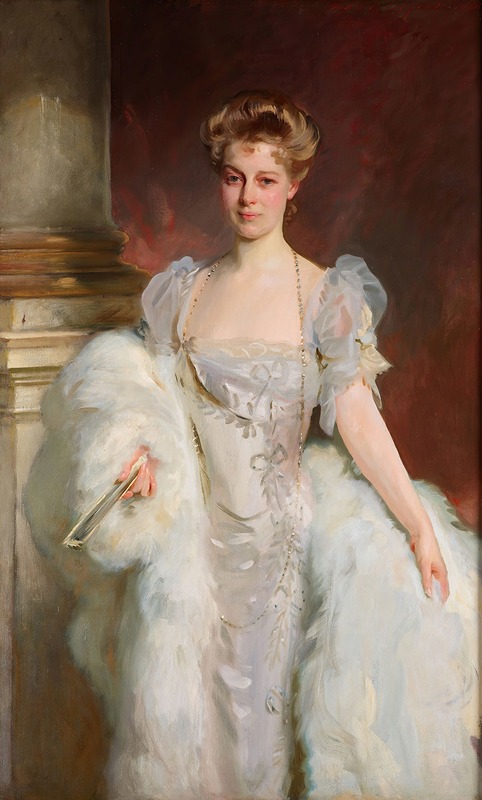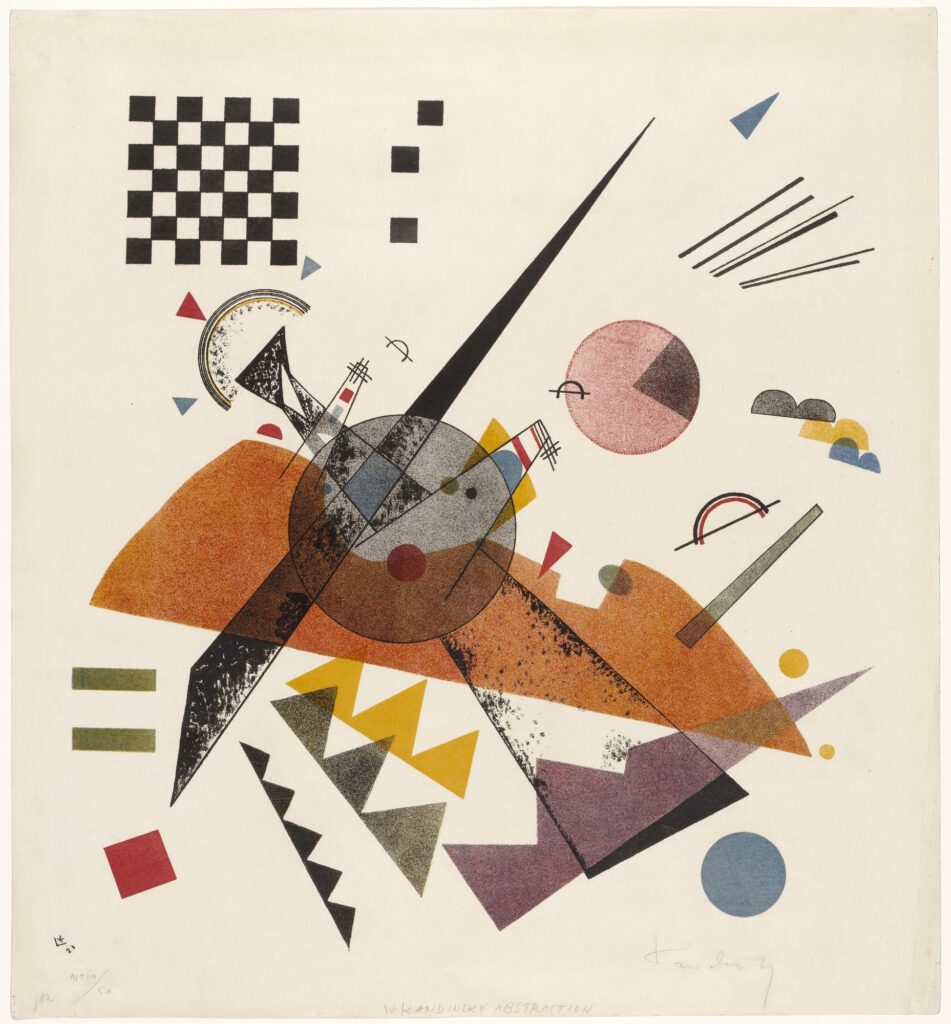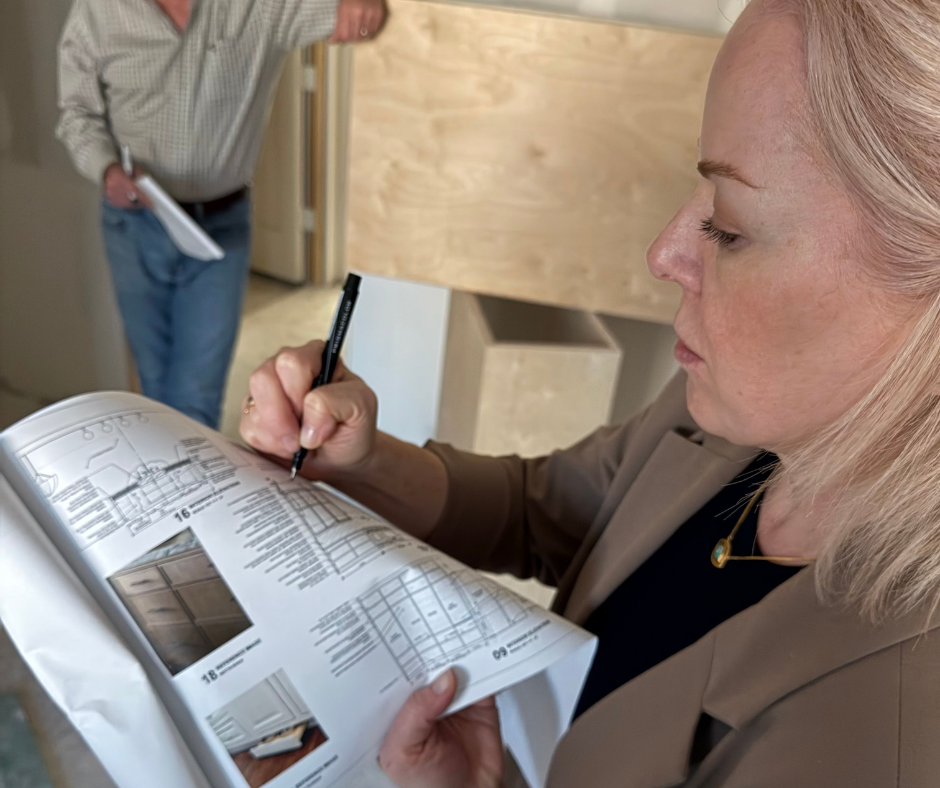
The Secondary Art Market: Understanding Resale Value
Summary
Reflection Questions
Journal Prompt
In 2017, a sale at Christie’s New York sent ripples throughout the art world as Salvator Mundi, a previously missing piece of art attributed to Leonardo da Vinci, was purchased for $450.3 million. This final sale price made Salvator Mundi the most expensive painting ever sold at auction, more than quadrupling the pre-auction estimate. This purchase and its effect on the art world is an important reminder that collectors, investors, and art enthusiasts should understand how the secondary art market functions if they are to best work within it. Read on to learn all about how the secondary art market functions and how to get started as a new investor.
Explaining the Difference Between Primary and Secondary Art Markets

In simple terms, the primary art market refers to any players involved in selling paintings, photographs, or sculptures for the first time. This often includes art galleries, art fairs, online art sales. Many artists also sell their art directly at this juncture. When participating in a primary sale, the goal is often to make an investment in a piece that will continue to appreciate over time.
The primary market can help establish the initial value based on the appraised price, but from the primary sale it begins its journey of provenance, or “proof of origin”, which impacts its value. It is typically unlikely that an artwork will be sold at a lower price after the first sale.
So, What About the Secondary Art Market?
The secondary art market encompasses any artwork being sold the “second time”, or any purchase beyond the initial. The secondary art market involves, but is not limited to, auction houses, private sellers, and art dealers.
When a collector purchases an artist’s work on the secondary market, they are not only purchasing the artwork itself, but its history: the reputation of its past buyers, time displayed for the public in institutions like museums, the artist’s reputation, market trends, and other factors.
Here’s How Fine Art Auctions Work

When purchasing artwork on the secondary market, auction houses play a major role. Major auction houses include Christie’s, Sotheby’s, Heritage, Phillips, and more. From appraisal to final sale, they work to provide the perfect opportunity for the sale. They do this through the consignment process, which begins when the artwork is evaluated, or appraised, to determine the price of the sale.
Once the artwork is appraised, it moves forward to the consignment agreement. This is where the terms of the sale are laid out for the seller and signed. Once this happens, the auction house begins to prepare the item for auction.
Eventually, it is time for the preview, which is an opportunity for potential buyers to see the work. Then the auction arrives and the painting is sold. A portion of the final bid covers fees associated with auctioning the work.
Fine art auctions can seem a bit daunting from the outside, but most auction houses provide many ways to bid. Someone can bid live in the room via paddle or phone, they can place an absentee bid prior to the auction, or they can bid live online. Bidding is done in increments; based on the amount of the previous bid, the next amount must match the proper increment. In the end, a winner is selected, the art is officially purchased, and the buyer is now part of the artwork’s history.
Setting Estimations and Reserves

But how do auction houses set the price for a piece that will hit the auction block? The valuation process involves estimations and reserves. In simpler terms, an estimation is the price range the auction house believes a work of art can likely sell for. Reserves are the minimum dollar amount for which the auction house is willing to sell the piece.
When determining this price, the seller must consider the artist’s work through the lens of their entire career, unless, of course, this is the artist’s first sale. Appraisals can be beneficial because appraisers are trained to see the art with a discerning eye, and they understand market trends. This can give an unknown artist a boost to their career moving forward.
Market research is useful in determining sale prices, because a seller can gauge a reasonable price for the art while ensuring fair, or even optimal, earnings.
Factors Influencing Resale Value

When considering resale value, there are four important factors that must be examined: provenance, the artist’s market performance, condition and rarity of the work, and current market demand.
Provenance and authenticity are important in the art world, and never more so than when a work has become famous. As a work appreciates, the likelihood of falsified provenance rises. This is why documented history, combined with expert verification, should be considered an essential part of the selling process, and not as an optional “benefit.”
Fuel your creative fire & be a part of a supportive community that values how you love to live.
subscribe to our newsletter
*please check your Spam folder for the latest DesignDash Magazine issue immediately after subscription

The artist and their career trajectory can have a major impact on the resale value of the work as well. For example, if their previous artworks sold for a high price, it could mean starting prices for their primary works are now set higher. If an artist is new to the industry, factors like the cost of the materials, creation time, or the production technique can impact the value.
Why are Auction Results So Unpredictable Today?

Auctions, despite the clear-cut nature of their processes, can provide an unpredictable and sometimes turbulent journey for an artist’s work. Everything from current market trends to emotional connections with the piece can impact the nature of the auction, not to mention the intensity and intimidation of bidding wars.
Sometimes, the auction house’s reputation and marketing alone can drive up the price of a valued work. Additionally, economic factors worldwide can impact a buyer’s willingness to bid high on a piece being sold. Most artworks appreciate over time and are immune to the volatility of other markets.
Case Study: Leonardo da Vinci’s Salvator Mundi

As mentioned previously, Salvator Mundi, a work attributed to Leonardo da Vinci, was discovered after years of obscurity, hidden beneath substantial overpainting. It was initially sold in the 1950s and later purchased in 2005 by Alexander Parish. Years later, Salvator Mundi was sold was sold at auction on November 15, 2017. Before the auction, Salvator Mundi was expected to fetch around $100 million. The final sale price of $450.3 million far exceeded these expectations. It still holds the record for the most expensive secondary market sale ever.
Some art collectors and enthusiasts were surprised the piece sold for such a high price, considering its arduous six-year attribution and restoration process. It is also important to remember that the rarity of da Vinci’s works (there are currently fewer than twenty known paintings by the artist) also contributed to the high price.
Case Study: Jean-Michel Basquiat’s Untitled (1982)
While Salvator Mundi still holds its record today, Basquiat’s Untitled (1982) holds another important record: the highest price paid for an American artist’s work at auction. This purchase by Japanese billionaire Yusaku Maezawa, also in 2017, was another shocking final sale at over $110 million, having secured a pre-auction estimate of $60 million.
This sale cemented Basquiat, although posthumously, as a titan among contemporary artists and helped bring recognition of his contribution to modern art.
Final Thoughts: Here’s How to Make an Impact in the Secondary Art Market

Making art investments is a great way to acquire wealth and support the arts! First, determine whether primary or secondary markets are better suited to your needs. Are you looking to invest in a budding artist’s career, are you simply looking for something you enjoy adding to your art collection, or are you looking for a piece that comes with a bit of status already earned? Once you can identify the answers to these questions, start shopping around at auction houses and pay attention to the market, so you can time your purchase well.
If you are a seller looking to maximize resale value, take time paying extra detail to careful documentation (often including record number, the name of the artist’s studio where it was painted, and sometimes the painting’s subject). Do market research to confirm the work you are selling is reasonably priced. Your choice of auction house can also impact the resale value, so don’t blindly commit to the first place you entertain. It will also be helpful to learn potential legal considerations in fine arts sales. And if you are still unsure of how to proceed, secondary market dealers can be of great assistance, and requires little contact with the original artist, so pressure to purchase is eased a bit.
The art market can seem intimidating from a distance, but if you’re just starting out, don’t let your inexperience discourage you! Prints can be a wonderful addition to a collection, but buying original artwork is a special experience. Before you make a purchase or sell a piece, see as much art as possible, contact a local gallery for a viewing or search galleries online, learn your taste, and perhaps even read up on art history to make sure you have a clear idea of what you want. An investment in fine art is never an investment wasted.
By Jessica Collins.








